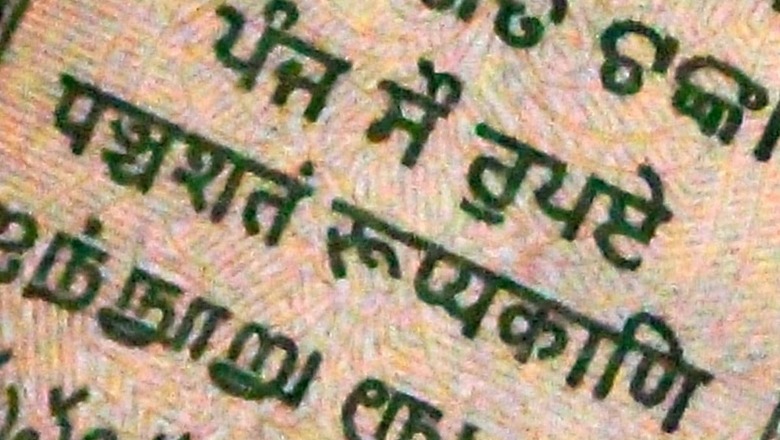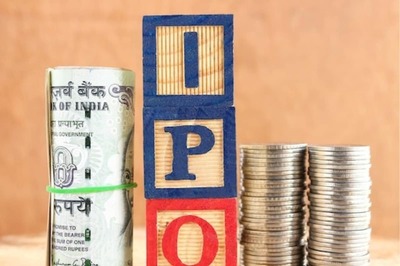
views
In 2014, ‘Nam Ooru Bengaluru’ from the Malayalam movie, ‘Bangalore Days’ struck a chord with Indians. The movie, and the song itself, was in Malayalam, starring Malayalam actors, but was shot in Karnataka’s Bangalore – and the song featured regular and somewhat signature things in Bengaluru. What stuck with viewers then was the multicultural aspect of Bengaluru depicted in the song, and subsequently the film. Years later, the YouTube comment section of the official song is still filled with comments from different people, speaking different languages, sharing on sentiment: Living in Bengaluru. While this shows that Bengaluru itself is cosmopolitan, owing to it being unofficially termed ‘India’s IT Hub,’ there may be actual data to support this now.
Bengaluru is the top district in India where the most number of languages are spoken, finds a recent analysis of the 2011 Census. With 107 languages, Bengaluru has a diverse set of languages spoken in the district including 22 scheduled and 84 non-scheduled languages, found an analysis by Shamika Ravi, a non-resident senior fellow of Brookings Institution, and Mudit Kapoor, an associate professor of economics at Indian Statistical Institute, reported TOI.
Kannada was listed as the mother tongue of 44.62 per cent of the city’s population, and among scheduled languages, Kannada shared space with Hindi, Maithili, Malayalam, Odia, Punjabi, Tamil, Telugu, Kashmiri, Sindhi, Urdu, Konkani, Santali, Marathi, Manipuri and Nepali. The non-scheduled languages include English, Kabuli, Pashto, Tibetan, Arabic, Nishi, Mundari, Lushai, Nicobarese, Sherpa, languages from Nagaland among others, reported Deccan Herald.
The other districts where more than 100 languages are spoken is Dimapur in Nagaland with 103 languages and Sonitpur in Assam with 101 languages, the TOI report further added. The least diverse districts included Yanam in Puducherry, Kaimur in Bihar, Kaushambi and Kanpur Dehat in Uttar Pradesh and Ariyalur in Tamil Nadu. In these districts, less than 20 languages were spoken.
Shamika Ravi, who compiled the data, explained on Twitter that, “Mobility is a good marker for economic dynamism. Language is a good proxy for talent. When people speaking different languages come to one place, the driving force is growth & jobs. The language tree for Bengaluru shows there are people from far and wide.”
https://twitter.com/ShamikaRavi/status/1433403535236890634?s=20
https://twitter.com/ShamikaRavi/status/1433303314720985089?s=20
She also clarified that the data did not include dialects, but only scheduled and non-scheduled languages.
Read all the Latest News, Breaking News and Assembly Elections Live Updates here.




















Comments
0 comment